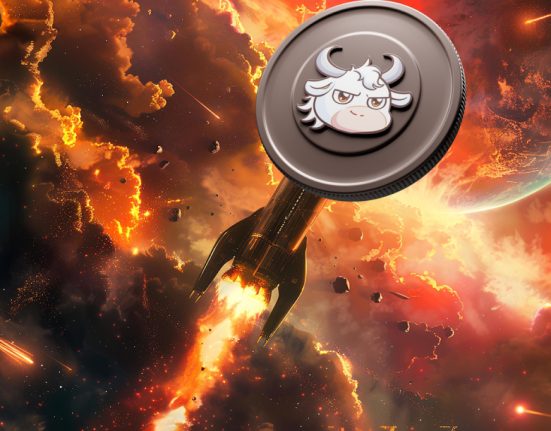Although blockchain technology has expanded the gaming landscape, it still faces several obstacles that must be solved. Some of them consist of:
Scalability
Blockchains have a reputation for being significantly slower than centralized networks, which may hinder games from being widely embraced.
Lack Of Adoption
Despite the availability of hundreds of blockchain games, there is still relatively little demand. The majority of games just have a few players.
Centralization
Blockchain-based games are not all entirely decentralized. While some of them operate on a decentralized server, others employ ERC-721 or other blockchain tokens.
Simplicity
While there are some exceptions, the majority of blockchain games are far too basic to appeal to players who appreciate beautiful graphics or a complex gameplay environment.
Barriers to Entry
It can be difficult to raise money to launch and operate a blockchain game. Scalability issues and a lack of adoption may restrict developers’ work.
Competition
Blockchain games are frequently created by little, autonomous teams (indie games). These teams might struggle to compete against the world’s largest gaming corporations.
Thankfully, a lot of solutions are being created. To solve the scalability issue, several organizations are exploring with Layer 2 solutions including Lightning Network, Ethereum Plasma, and others.














